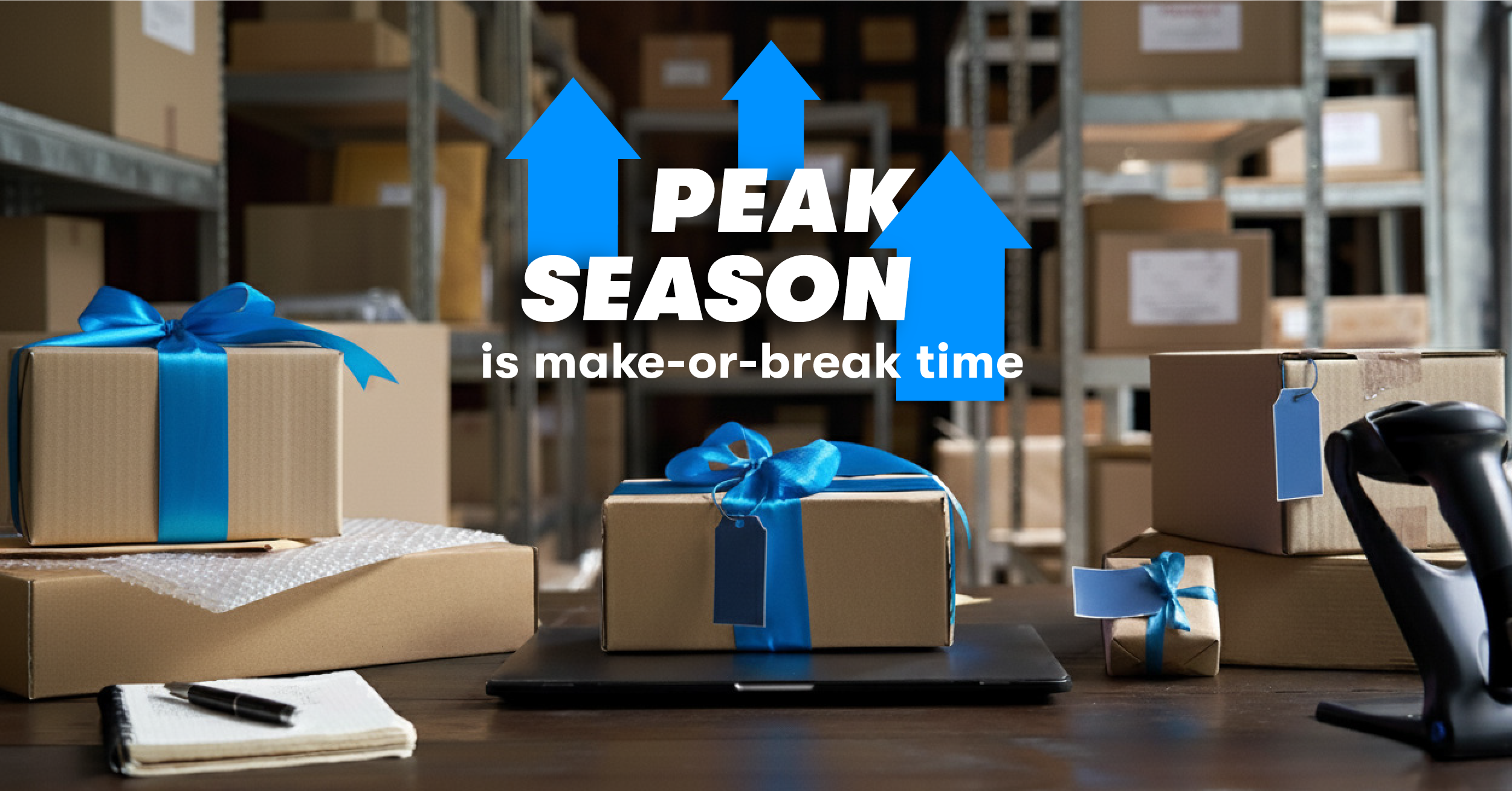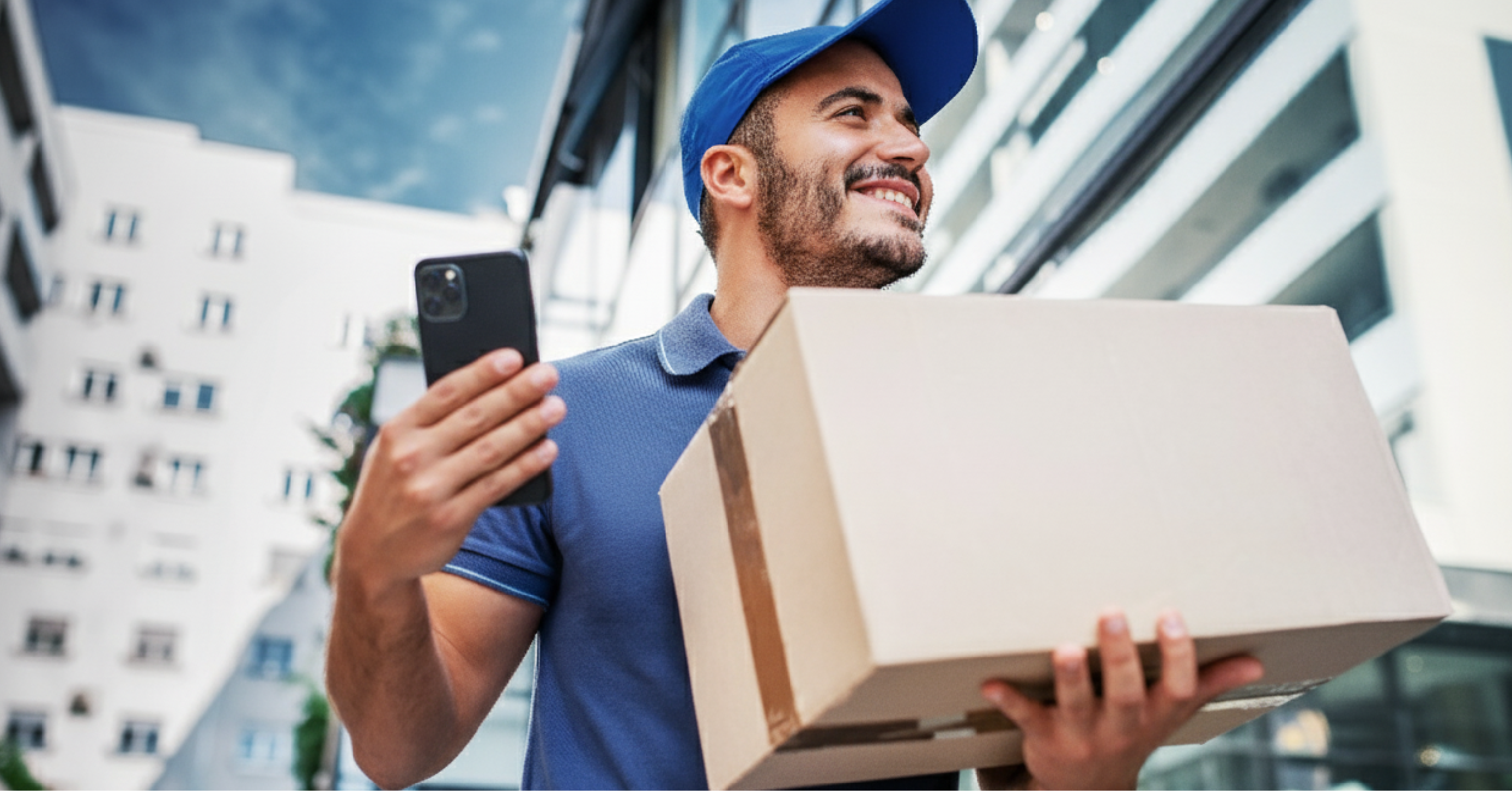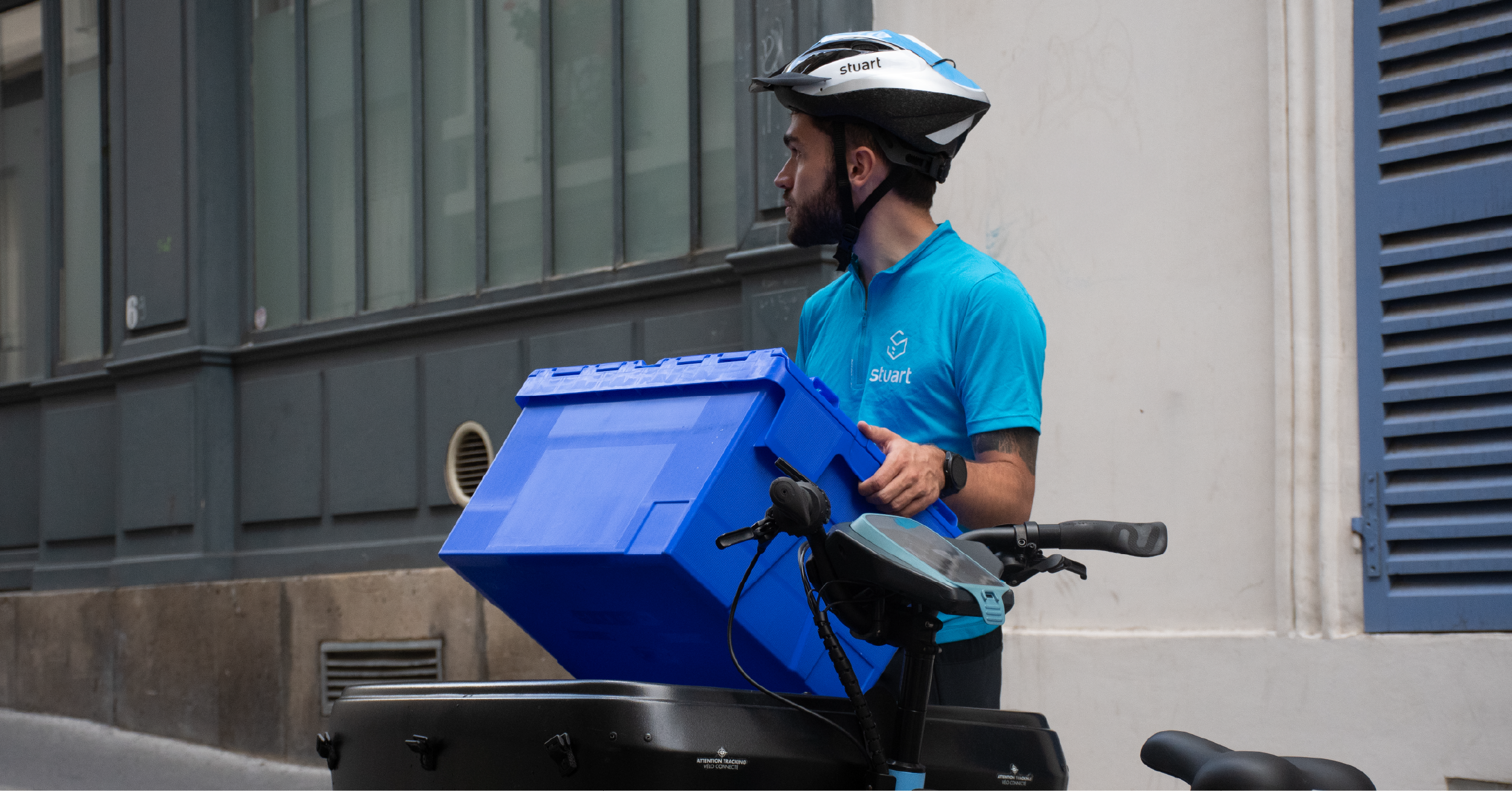12/07/2023
If you’re a restaurant owner in 2023, there’s a good chance you offer a delivery option to customers. The COVID-19 lockdowns left restaurants with no choice but to set up a delivery channel to stay afloat amid dine-in restrictions. If you didn’t already have a website with an online ordering feature, selling through a third party like Uber Eats or Deliveroo was the easiest way to get into food delivery. But the quick and easy set-up came at a price—an expensive one. For their services, these marketplaces—also known as food aggregator platforms—usually charge restaurants a commission fee of 20-30% on each order basket. In a sector where margins are already razor-thin and where food, energy, and labour costs have skyrocketed over the last year, these fees can simply put your business at risk.
So what do you do when you keep losing money on every delivery sale you make? You start raising your prices. Or rather, you sell your products at a higher price on food delivery apps than in restaurants.
Markups have become a standard practice among restaurants that sell through marketplaces. A New York Times reporter found that food delivery app users pay 7% to 91% more than diners who order the same food at the restaurant. The same goes for groceries: a basket of goods can cost up to 40% more on a food delivery app than on a supermarket's website.
But what sounds like an easy fix to a structural issue—declining food delivery profits—can actually hurt your restaurant's reputation in the long run. Thankfully, alternatives exist to make food delivery profitable while keeping your customers happy.
Your reputation is on the line
This won't come as breaking news, but it’s worth remembering that high prices will deter customers from ordering more often from your restaurant. Do you feel you have no choice but to raise your prices to compensate for marketplace commission fees? That’s fair, but consider this: customers aren’t always knowledgeable about the business model of food delivery apps. So, who do you think they will blame for unaffordable prices? Most likely, the restaurant.
With inflation hitting households and restaurants alike, customers are more budget-conscious. They tend to cut luxury spending first—and food delivery services could be counted among that. In other words, as convenience becomes less important than price, charging markups on food delivery apps could result in a sharp drop in sales.
Markups make foodies look the other way
When a restaurant signs up for a food aggregator platform, they want to offer delivery services to existing customers and hope to acquire new ones that browse through their preferred food delivery app. This means some customers will only know your menu through these apps and assume your on-site prices are identical. If they deem your prices unaffordable, they might never visit your brick-and-mortar restaurant, your most profitable sales channel. Your dine-in orders are the ones you need most to cover your fixed operating costs.
Another thing to consider: food delivery app customers have become accustomed to year-long promotional deals. As a result, they often browse apps using pricing filters. Instead of making delivery sales profitable, markups might make foodies choose competitors over your restaurant.
%20(1).png?width=1280&height=853&name=DSC_1231%20(2)%20(1).png)
Cheaper competitors stand out
Food delivery apps create a highly competitive environment for restaurants; that’s a given. But with the rise of dark kitchens—restaurants with no physical location that prepare delivery-only meals—it’s become even more difficult for traditional restaurants to compete in the delivery space. Since dark kitchens are often situated on the outskirts of cities, where rents are cheaper, they enjoy lower operating costs and can offer more competitively priced meals.
Competitors investing in dark kitchens might already offer lower prices than your restaurant. If you charge markups on top of that, there’s very little chance you'll be able to grab a good share of delivery volumes.
There is an alternative: the D2C model
Making food delivery sales profitable is a challenge that won’t be met with oversimple fixes like price markups. The best alternative is to build a direct-to-consumer (D2C) delivery channel by creating your own branded app or adding an ordering feature to your website. With this model, you out the middleman out entirely and avoid paying the commission fees that threaten to make your delivery sales channel unprofitable. If you don’t want to manage an in-house delivery fleet that can be time and energy-consuming, your best option is to partner with food delivery specialists like Stuart.
With Stuart, you can outsource delivery logistics without giving up a share of your margin on each order. You simply pay fixed delivery fees based on criteria such as the number of orders delivered, the order weight, and the delivery distance.
This model is fairer and much more profitable for a restaurant, especially for orders of a higher value. Since the price of Stuart delivery does not vary with the order basket, as the customer's basket increases, the cost of the delivery service pays for itself. Moreover, restaurants have more control over how much delivery fee they charge their customers, either taking it all on themselves, splitting it between themselves and their customers, or passing it on entirely to them.
Since a D2C delivery channel tends to be more profitable, restaurants don’t have to inflate their prices for their delivery orders. Ultimately, a D2C channel also benefits end customers who can enjoy the same prices they’d get as dine-in customers. Sure, they still have to pay a delivery fee, but instead of enriching a third party, these fees help support their favourite restaurants here.
Want to know more about what Stuart can do for your restaurant?
Don’t raise prices. Lower the costs.
Another alternative to making delivery more profitable is to design specific menus for food delivery apps, where restaurants only display their bestsellers and most profitable items. Opting for a simpler menu also means keeping a tight rein on the cost of ingredients and reducing waste.
Finally, restaurants can shorten opening hours to save energy and reduce the number of employees needed during less busy periods.
The safest path to growth
Striving to lower operating costs is undoubtedly better than charging markups on food delivery apps. Customers are already suffering from the cost-of-living crisis. They won’t be willing to pay higher prices for your meals when cheaper alternatives can be found on the same platforms.
However, spending cuts can have significant drawbacks, too. For example, offering a simplified menu runs the risk of reducing sales, whereas providing a wide range of dishes ensures that there’s something for everyone.
Focusing only on dishes with the highest margins may mean skipping some of your more sophisticated "signature" dishes. These can often have more expensive ingredients but give your restaurant its identity, so restaurants must be careful not to damage their brand image in their quest for profitability.
With that in mind, building a D2C delivery channel appears to be the safest path to ensure sustainable growth. Without commission fees that eat into their profits, restaurants can maintain affordable prices and offer food delivery enthusiasts the same rewarding customer experience as diners.
45% of retailers & grocers choose ship from store delivery as their first choice
45% of retailers & grocers choose ship from store delivery as their first choice
Discover and leverage Stuart use cases
Stay up to date on delivery trends
Choose the last-mile topics you are most interested in and we will take care of the rest

Stuart is Europe’s leading last-mile B2B delivery platform. Since 2015, we’ve been empowering businesses across all industries with fast and reliable on-demand delivery solutions. Our platform instantaneously connects businesses of all sizes to a fleet of high-quality couriers.




